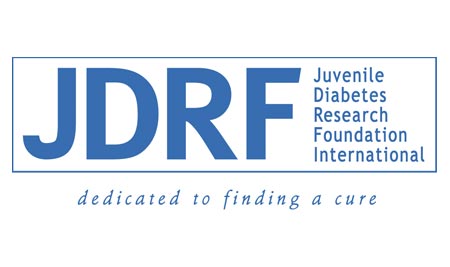Patients with type 1 diabetes can hope for some relief. Researchers at the University of Geneva have discovered that with alpha cells present in the pancreas there can be hopes of producing a cure for type 1 diabetes. These cells do not produce insulin, but may be able to convert into insulin-producing beta cells, thus advancing the prospect of regenerating beta cells as a tentative cure for the disease.
The researchers demonstrated on mice how the beta cells can spontaneously regenerate even after near-total beta cell destruction. A majority of the regenerated beta cells are seemingly derived from the alpha cells that have either been reprogrammed or converted into beta cells. By using a different model of diabetes in which all beta cells have been rapidly destroyed, it was found that if the mice were kept on steady insulin therapy, the beta cells could gradually and spontaneously restore themselves. This restoration could help eliminate the need of insulin replacement time and again.
The team, led by Dr. Pedro L. Herrera, also discovered that alpha cells usually reside alongside beta cells in the pancreas and secrete the hormone, glucagons. Glucagon works in contrast to insulin to regulate blood sugar levels. Alpha cells are apparently not attacked by the autoimmune processes that destroy beta cells and cause type 1 diabetes. Type 1 diabetes is a chronic, autoimmune disease that affects children, adolescents and adults as well. The immune system in this disease attacks the beta cells in the pancreas that produce insulin.
The findings of the research are claimed to be the first to show that beta cell reprogramming can occur spontaneously without genetic alterations. Early on the efforts to reprogram non-beta cells into beta cells were dependent on genetic manipulations. Such processes may not have the ability to be translated into therapies.
Dr. Andrew Rakeman, JDRF Program Manager in Beta Cell Therapies, commented on Dr. Herrera’s findings by saying that, “If we can understand the signals that are triggering this conversion, it will open a whole new potential strategy for regenerating beta cells in people with type 1 diabetes. It appears that the body can restore beta cell function either through reprogramming alpha cells to become beta cells or, as previously shown by others, by increasing growth of existing beta cells. This path may be particularly useful in individuals who have had the disease for a long time and have no, or very few, remaining beta cells.”
The research team at the university genetically engineered animals to make them vulnerable to a toxin that could well destroy only their beta cells. When the mice were introduced to the toxin, approximately 99 percent of the beta cells were reportedly destroyed in just 15 days after treatment. Next, in order to track the source of the regenerated cells, the team applied another set of genetic manipulations to permanently mark the mature alpha cells and all their successors with a fluorescent protein. This ‘genetic lineage tracing’ attitude allowed the researchers to investigate the fate of the alpha cells and their young-ones as well.
The presence of the fluorescently labeled beta cell in the recovered animals propagated the fact that alpha cells had transformed into beta cells. Following this the team pointed-out that the important factor in transforming alpha-to-beta cells lay in the removal of nearly all original insulin producing cells in the mice. Where the loss of beta cells in mice was quiet substantial, research supposedly did not find any evidence of beta cell regeneration in case of half-destroyed cells. There was neither alpha cell reprogramming in case where less than 95 percent of cells were destroyed.
Dr. Herrera remarked that, “The amount of beta-cell destruction thus appears to determine whether regeneration occurs. Moreover, it influences the degree of cell plasticity and regenerative resources of the pancreas in adult organisms.â€
Beta cell regeneration involves motivating the body to grow in its own insulin producing cells. This growth can be administered either by copying the existing ones, as some of the cells are still active in individuals despite the prevalence of diabetes for ages. Another way of growing is by causing the pancreas to create new cells.
In addition to regenerating or replacing insulin producing cells, research is indicative of the fact that there needs to be another cure. Type 1 diabetes needs a cure that possibly could focus on the stopping the autoimmune attack that causes diabetes in the first place and re-establishing excellent glucose control.
The findings of the research were published online edition of the scientific journal Nature.

